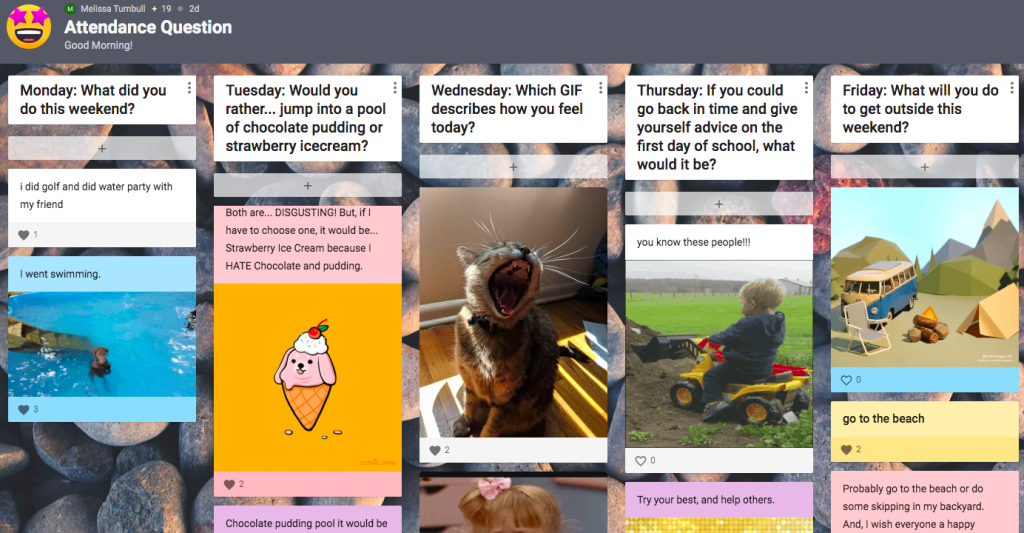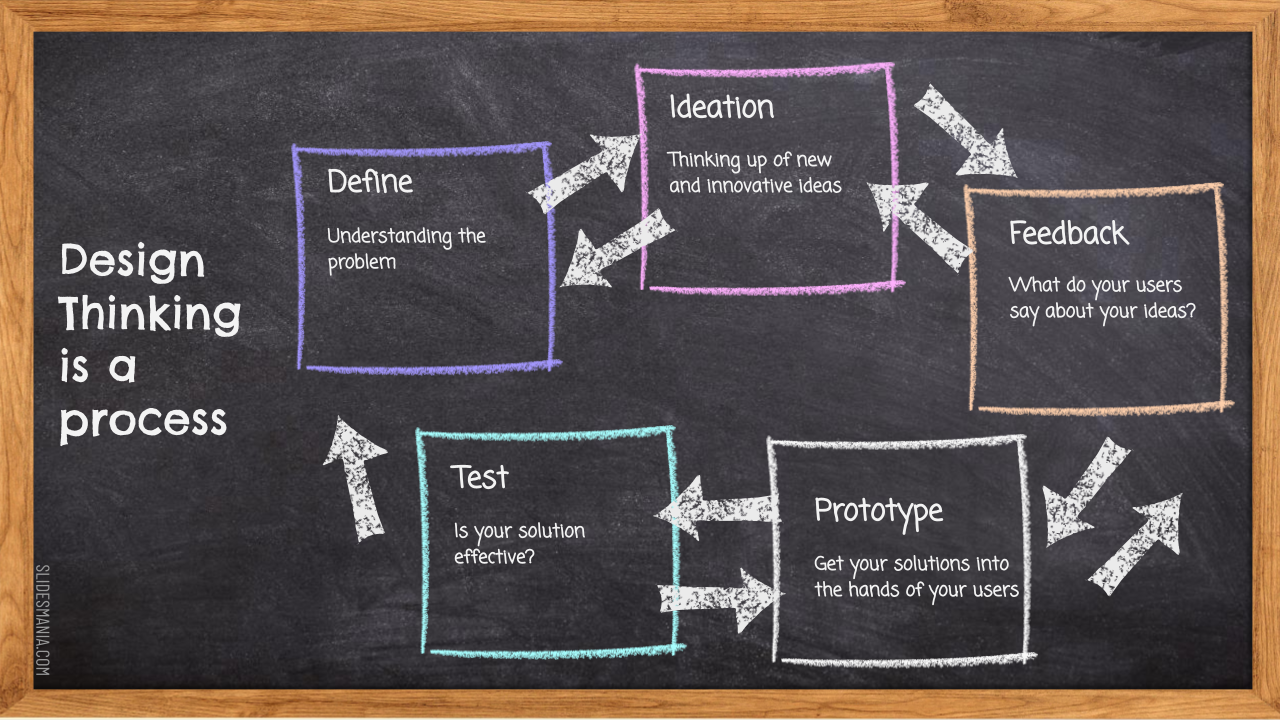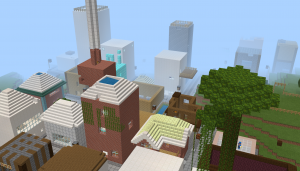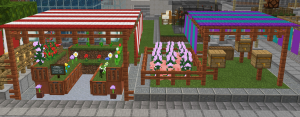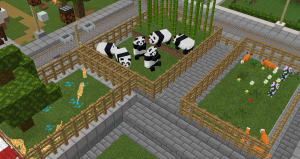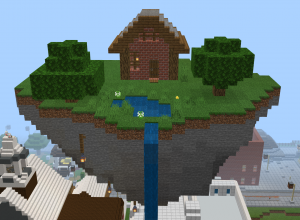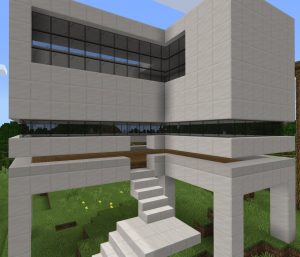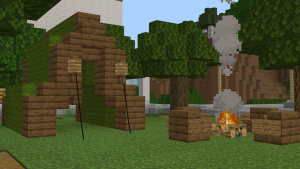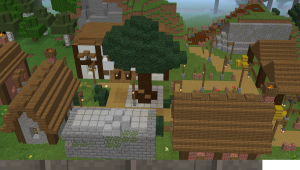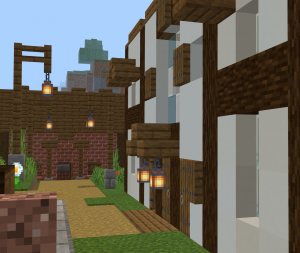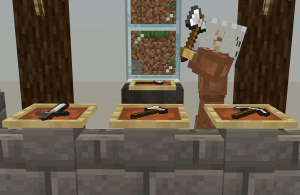As we are nearing the end of September, I begin to reflect on my first month as a virtual Kindergarten teacher. When creating our timetable for the school year, my teaching partner and I dedicated 30 minutes each day to unstructured, open play.
During this 30 minute block, students share what they are playing with and discuss what they are building, creating or thinking. My teaching partner and I act as facilitators and extend learning by asking questions or helping students make connections between what they are playing (something that takes place naturally within classroom settings but takes some practice virtually). This practice seems unnatural at first, but with time the students are becoming more confident and excited to share.
Here are the benefits of virtual play so far:
- Play is universal and accessible for all of our learners regardless of ability
- Play is an opportunity for our English Language Learners to learn in a relevant and meaningful way while exploring the English language
- Play is a great way for us as educators to get to know our learners, their interests and in what ways they like to learn
- Virtual play gives our students the time and space to create relationships with educators and peers
- Play is an ‘easy to enter’ activity that gives students confidence in their own abilities and allows them to take safe risks while exploring new ideas, asking questions and challenging new theories
- Including virtual play allows students to practice what they are learning while providing educators a window into their understandings
- Virtual play is fun and students look forward to it daily
As we continue to scaffold student learning and conversations during play, it is our hope that the play grows rich with language, ideas and creates connections between students virtually.
It feels as though this virtual play time has similar (if not the same) benefits as play time held during in person learning. Here are some of the major differences and barriers that we have seen so far:
- Students do not all have the same materials
- Students are becoming comfortable engaging in dramatic play experiences with each other but cannot collaborate with learning materials or practice sharing toys
- Play happens all the time, every day. We are not often viewing students play experiences outdoors or in areas outside of their learning space.
- Students take time to unmute themselves before sharing. For those learning this new skill, the task of unmuting in itself can derail the student’s thought process. Unmuting can take time away from a students ability to share their natural and initial thoughts, feelings and ideas (Next step: playing in a small group).
Overall, play time has been a very special time in our virtual Kindergarten classroom. We will continue to evolve and listen to our students, as we navigate our way though challenges and grow as virtual play partners.


